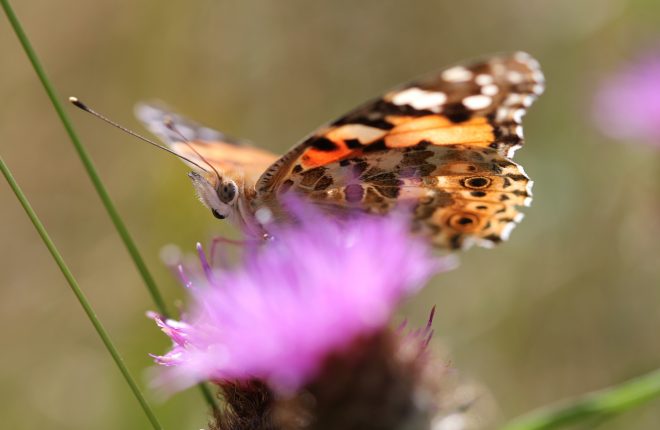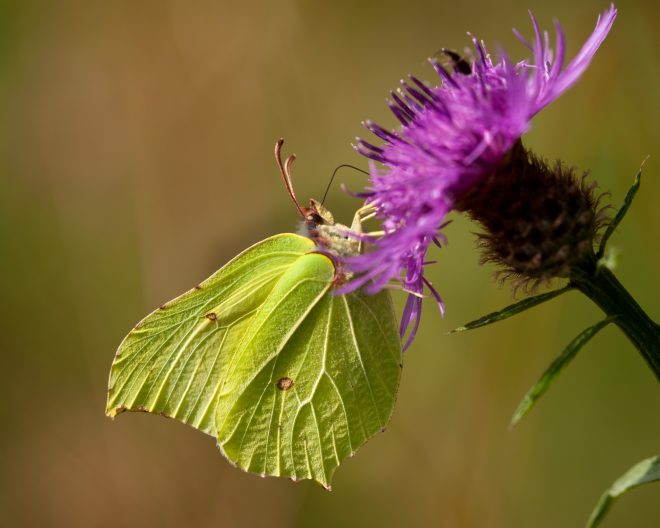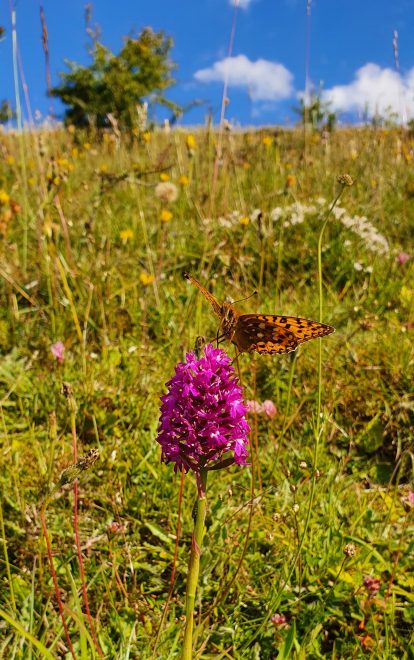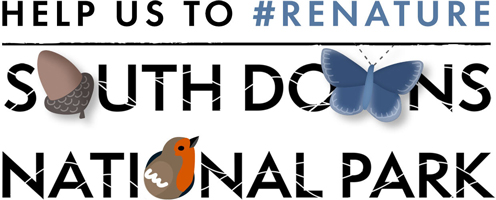The beautiful butterflies of the South Downs National Park
June 10, 2025

“Spending time with butterflies lifts the spirits and reinvigorates that sense of wonder in the natural world.”
Poignant words from Sir David Attenborough, who, like so many of us, is enthralled by the sight of butterflies dancing from blossom to blossom in a wildflower meadow.
Spring and summer in the South Downs is synonymous with these fascinatingly diverse and colourful insects. Their incredible diversity is thanks to the chalk grassland – a truly unique habitat – that supports a huge medley of nectar-rich flowers. Combine the floristic diversity and all its many hues with these colourful creatures and you have any wildlife photographer’s dream!
In fact, over 20 different species of butterfly can be on the wing at any given time above the National Park’s chalk grasslands. The grasslands are just one of the habitats supporting butterflies as heathland and woodland also support a multitude of species, and did we mention the South Downs is also a stronghold for the butterfly’s close cousin, the majestic moths?
It’s Butterfly Awareness Day in June and a good time to remember how important these insects are to our ecosystems in the National Park and beyond. Apart from being part of Britain’s natural heritage, they have a vital role to play in pollination, pest control and an intrinsic part of the food chain. Where you find butterflies, you’ll normally find lots of other species, so they help tell us how biodiverse somewhere is.
Some of the most iconic species associated with the South Downs are the adonis blue, the Duke of Burgundy, the chalkhill blue and the grizzled skipper.
We can all play our part to help butterflies. Avoid using pesticides in your garden and plant a variety of flowers to attract different species. You’ll be rewarded with the sight of butterflies – one of nature’s true delights!
Some of our rangers’ favourite butterflies
Painted lady

Lead Ranger Phillippa Morrison-Price, from the Eastern Downs team, says: “Great name, it travels for miles, from Northern Africa to Sussex (and back again, breeding along the way). The numbers and distance travelled vary from year to year.
“I walked the South Downs Way in 2009 – this happened to coincide with a bumper year for Painted Ladies when we saw huge numbers! In these years, it will often head further north, and has even been recorded in Iceland.”
Brimstone

Ranger Chris Lickley, from the Western Downs team, says: “It’s one of the earliest to emerge as an adult (usually early March), representing that transition from winter to spring. It’s a burst of bright yellow with angular wings that resemble a fresh growth of new leaves.”
Dark Green Fritillary

Elaina Whittaker-Slark, Lead Ranger for the Western Downs, said: “I like seeing the dark green fritillary in June as it shows that we are getting the right management on chalk downland. Although you have to be quick as they are a fast and strong flyer, you usually just get an orange blur going past on a sunny day out on the Downs.”
